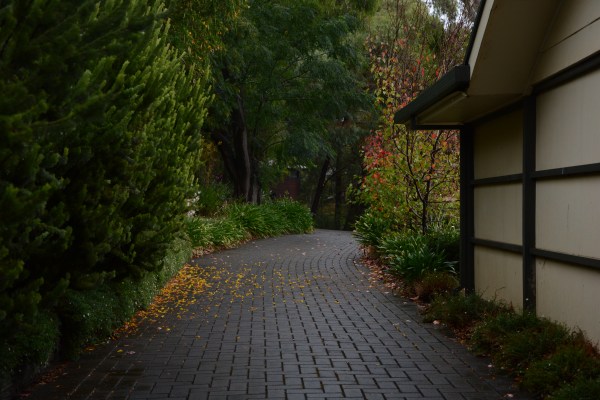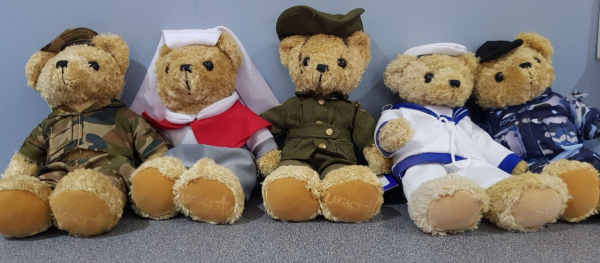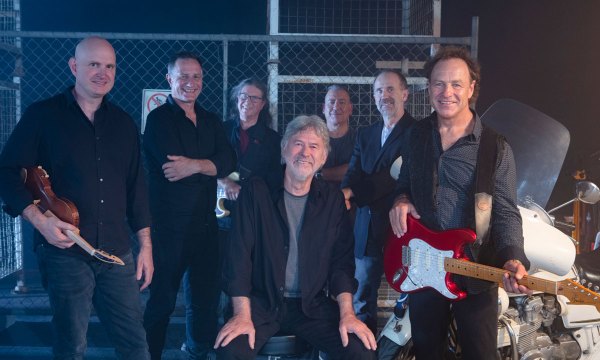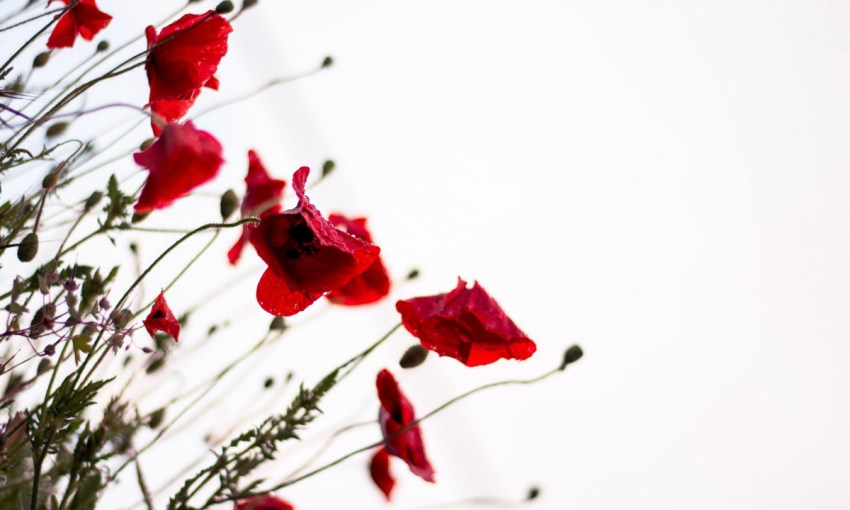This year, we may not be able to commemorate Anzac Day in our usual way, but there are still a host of ways to mark the day and pay your respects.
Mark of respect – commemorate Anzac Day
At the crack of dawn
The Adelaide Anzac Day Dawn Service will be held by the RSL State Branch at the SA National War Memorial, commencing at 6am on Saturday, April 25. It is strictly closed to the public, but will be broadcast on television, radio and social media. Visit Veterans SA to find out how to watch or listen.

Stand tall
Veterans Bill Sowry and Terry James suggested we all observe a minute of silence in front of our driveways. The Aussies and Kiwis for Anzacs Facebook page was created to publicise the Driveway at Dawn movement, which encourages everyone to step out onto their driveways at 5.55am on Saturday. Visit the Facebook page for more ideas being shared within the community.

For King and for Country
State Opera SA is presenting a special, free “socially-distanced concert performance” that will be available to view via Facebook Live from 11am on Anzac Day. Filmed in a temporary purpose-built broadcast space, Keep the Home Fires Burning will feature songs from the early 20th century, wartime anthems and a smattering of Gilbert and Sullivan, including the likes of “Danny Boy”, “Keep the Home Fires Burning”, and “Oh! What a Lovely War”.

For the kids
There’s still time to get the children involved in Anzac Day with Adelaide Legacy’s colouring-in competition. Download the colouring-in sheet, then scan and email the finished picture to Legacy Adelaide before Anzac Day for the chance to win a Legacy Teddy Bear. While you’re on the website, feel free to make a donation.

In words and music
Head to John Schumann & the Vagabond Crew’s Facebook page at 8pm on ANZAC eve, April 24, for their live-streamed concert Australia at War – in words and music. Led by Schumann (former leader of folk-rock band Redgum and writer of the Vietnam veterans’ anthem “I Was Only 19”), the performance will include contemporary popular songs commemorating Australians at war, linked by an “evocative narrative comprising newspaper reports of the day, poems, letters from the front and sober reflections”.



